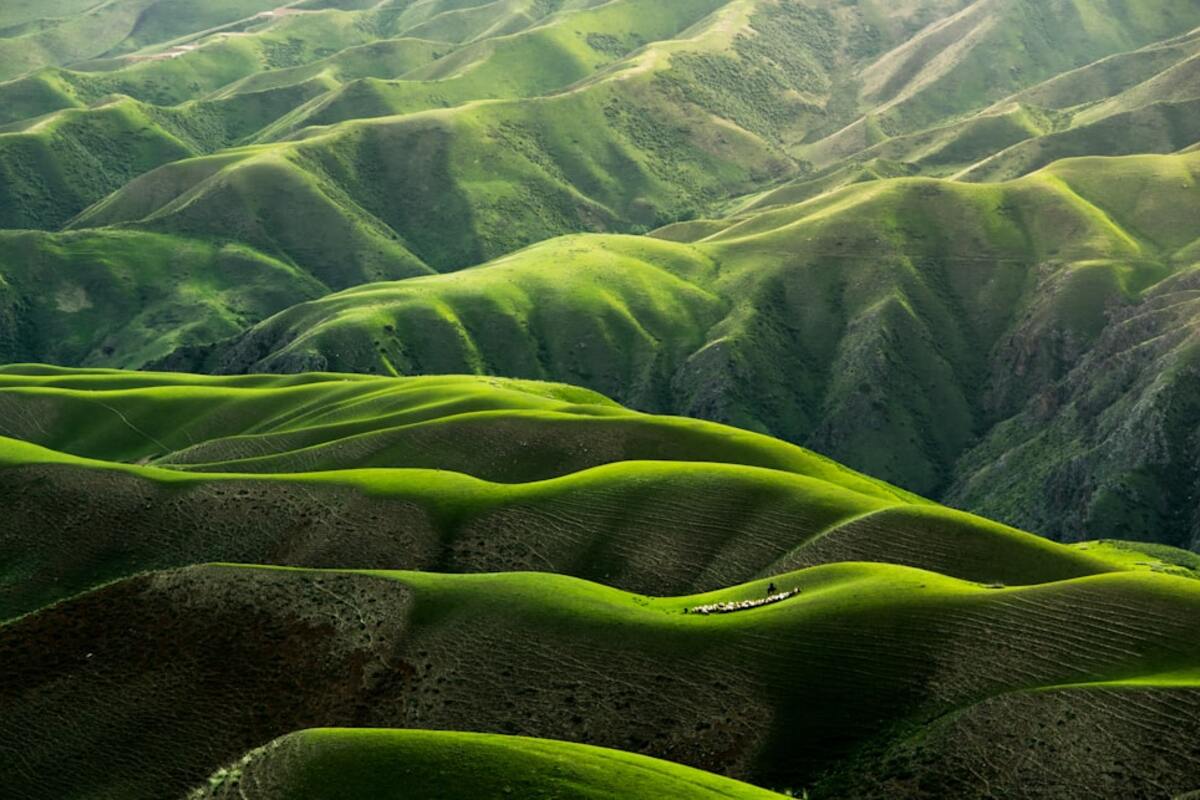The Majestic Migration of Monarch Butterflies: A Natural Marvel
Explore the awe-inspiring journey of the Monarch butterflies as they travel thousands of miles in a vibrant display of nature's persistence and beauty.

- Monarch butterflies travel up to 3,000 miles from North America to central Mexico.
- This migration is a multi-generational journey spanning several butterfly lifespans.
- Climate change and habitat loss are significant threats to their survival.
The Beginning: A Small but Mighty Insect
Every year, as autumn begins to cast its cool shadow over North America, millions of Monarch butterflies embark on one of the longest and most extraordinary migrations in the insect world. This incredible journey starts in the northern regions of the United States and southern Canada, where these delicate travelers begin their trek to the warmer climes of central Mexico.
Despite their fragile appearance, Monarch butterflies are equipped with an innate biological compass that guides them on this extensive voyage. Researchers have long marveled at their ability to navigate using environmental cues like the angle of the sun and the earth's magnetic field. Their path is not a straight line but a series of zig-zags through various habitats, each crucial for the survival of the species.
The Journey: Across Continents and Generations
The migration of Monarchs is not completed by a single butterfly but spans several generations. The butterflies that start the journey are not the ones that complete it. Instead, successive generations continue the trek. Monarchs typically lay eggs on milkweed plants, the sole food source for their caterpillars. After about four to six weeks, the new generation emerges to continue the migration.
What makes the Monarchs' journey even more remarkable is their ability to find a specific forest in the mountains of central Mexico. Here, in the Oyamel fir forests, they cluster in trees, creating a brilliant tapestry of orange and black. This location provides the ideal microclimate—cool yet not freezing, and humid enough to prevent dehydration during their wintering period.
The Perils: Challenges Faced During Migration
The Monarchs' journey is fraught with peril. Predation by birds and insects, adverse weather conditions, and exhaustion claim many of these travelers each year. But perhaps the most significant threats are human-induced: climate change, deforestation, and the reduction of milkweed habitat due to agricultural practices have drastically reduced Monarch populations.
Efforts to conserve and restore Monarch habitats are underway, with initiatives encouraging the planting of milkweed and other nectar plants along migration paths. Communities and schools are especially active in these conservation efforts, creating 'Monarch Waystations' to support these butterflies on their arduous journey.
- The Monarch migration covers up to 3,000 miles, an impressive feat for a creature with a wingspan of just four inches.
- Monarchs undergo a unique adaptation called diapause, a form of hibernation that allows them to survive long periods without food.
- The journey of the Monarchs is not only a natural wonder but also an indicator of broader environmental health, making their conservation critical.
As these butterflies continue their epic journey each year, they remind us of the interconnectedness of ecosystems and the delicate balance required to maintain them. The Monarch migration is a vivid testament to the beauty and resilience of nature, a story that continues to unfold with each passing season.
